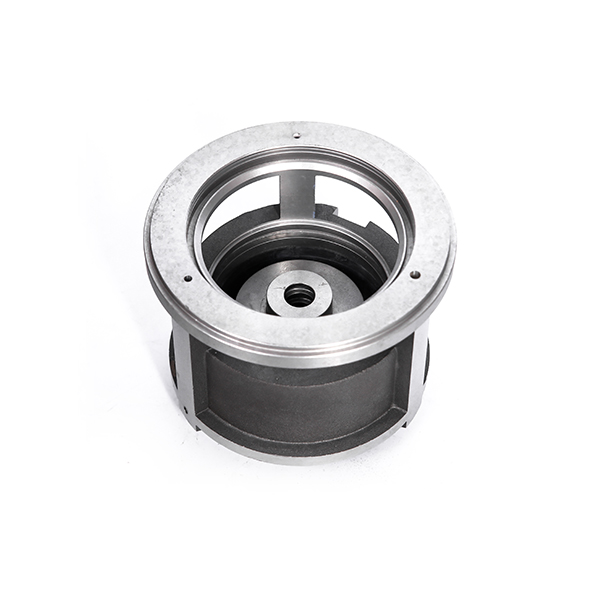Mobile:+86-311-808-126-83
Email:info@ydcastings.com
aluminium casting die
Aluminium Casting Die An Overview
Aluminium casting is a crucial manufacturing process that enables the production of complex shapes and components used in various industries, from automotive to aerospace. At the heart of this process are aluminium casting dies, specialized tools that mold molten aluminum into the desired forms. This article will delve into the significance of aluminium casting dies, their types, manufacturing process, and the advantages they offer.
What are Aluminium Casting Dies?
Aluminium casting dies are high-precision molds crafted from durable materials, designed specifically for the casting of aluminium and its alloys. They can be designed to produce a wide range of parts, including intricate and detailed geometries that are often difficult to achieve through other manufacturing methods. The dies must withstand high pressures and temperatures, ensuring the molten aluminium solidifies into the exact shape required.
Types of Aluminium Casting Dies
There are several types of casting processes that utilize aluminium dies, including
1. Die Casting This is the most common method, where molten aluminium is injected into a steel die under high pressure. Die casting is favored for its ability to produce parts with excellent dimensional accuracy and a smooth surface finish.
2. Sand Casting In this process, a pattern is created and then surrounded by sand to form a mold. Although not as precise as die casting, sand casting is more cost-effective for low-volume production and larger components.
3. Investment Casting This method involves creating a wax pattern coated in a ceramic shell. The wax is melted away, leaving a cavity for molten aluminium. Investment casting provides high precision and is ideal for intricate designs.
The Aluminium Die Manufacturing Process
The manufacturing of aluminium casting dies is a meticulous process that involves several key steps
1. Design The initial phase involves computer-aided design (CAD) software to create precise die specifications. This step is crucial as it determines the die's performance and the quality of the final cast parts.
aluminium casting die

2. Material Selection Typically, dies are made from high-strength steel alloys like H13 or P20, which can withstand the rigors of repeated use and high-temperature exposure.
3. Machining Advanced machining processes, including CNC machining, are employed to shape the dies. This process includes milling, drilling, and grinding to ensure the die meets the precise dimensions required.
4. Heat Treatment To enhance durability and wear resistance, the dies undergo heat treatment. This step hardens the steel and prepares it for the high stress it will endure during the casting process.
5. Surface Treatment Finally, the die surfaces are treated to minimize friction and ensure a smooth release of the cast parts. Coatings or treatments may be applied to enhance surface hardness.
Advantages of Aluminium Casting Dies
The use of aluminium casting dies has several advantages
- High Precision and Consistency Aluminium casting dies produce parts with tight tolerances and high repeatability, essential for industries like automotive and aerospace where precision is paramount.
- Complex Shapes The design flexibility allows for intricate geometries, which can be more challenging to achieve using traditional manufacturing methods.
- Cost-Effectiveness in Mass Production While the initial investment in die design and production might be high, the cost per unit decreases significantly with large production runs.
- Lightweight Solutions Aluminium itself is lightweight, promoting the development of components that help reduce overall vehicle weight, enhancing fuel efficiency.
Conclusion
Aluminium casting dies play an essential role in the manufacturing landscape, providing innovative solutions for producing high-quality, complex components. As technology advances, the efficiencies in die manufacturing and casting processes continue to improve, paving the way for more sustainable and cost-effective practices in the casting industry. With the environmental focus growing globally, aluminium's recyclability further enhances its appeal, making it a metal of choice for future engineering challenges. As industries continue to evolve, the importance of efficient and precise manufacturing tools like aluminium casting dies cannot be overstated.
-
Why Should You Invest in Superior Pump Castings for Your Equipment?NewsJun.09,2025
-
Unlock Performance Potential with Stainless Impellers and Aluminum End CapsNewsJun.09,2025
-
Revolutionize Your Machinery with Superior Cast Iron and Aluminum ComponentsNewsJun.09,2025
-
Revolutionize Fluid Dynamics with Premium Pump ComponentsNewsJun.09,2025
-
Optimizing Industrial Systems with Essential Valve ComponentsNewsJun.09,2025
-
Elevate Grid Efficiency with High-Precision Power CastingsNewsJun.09,2025











